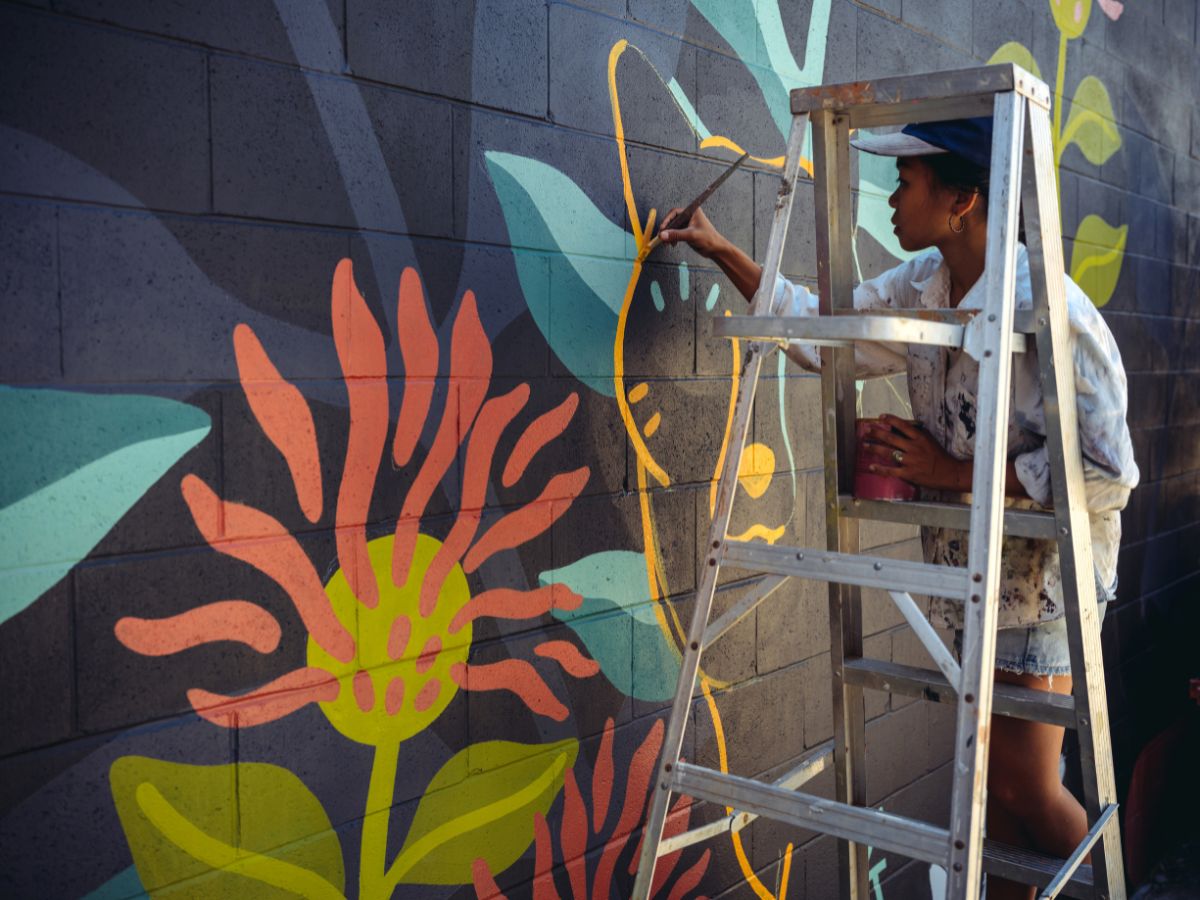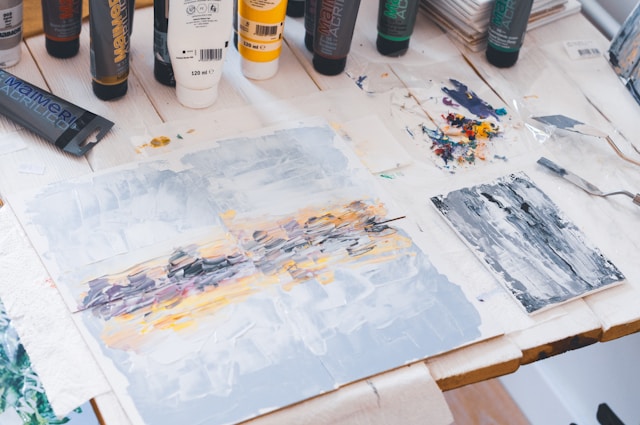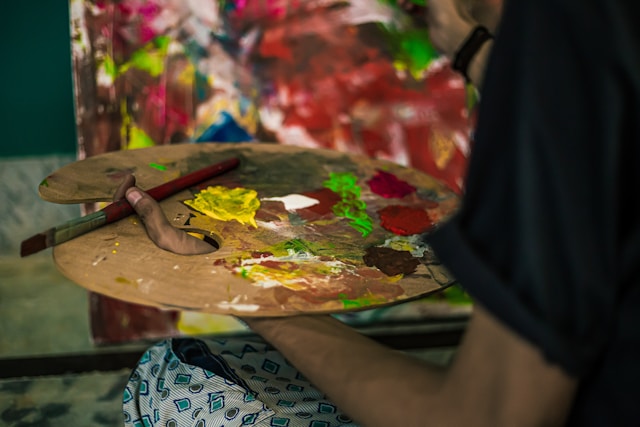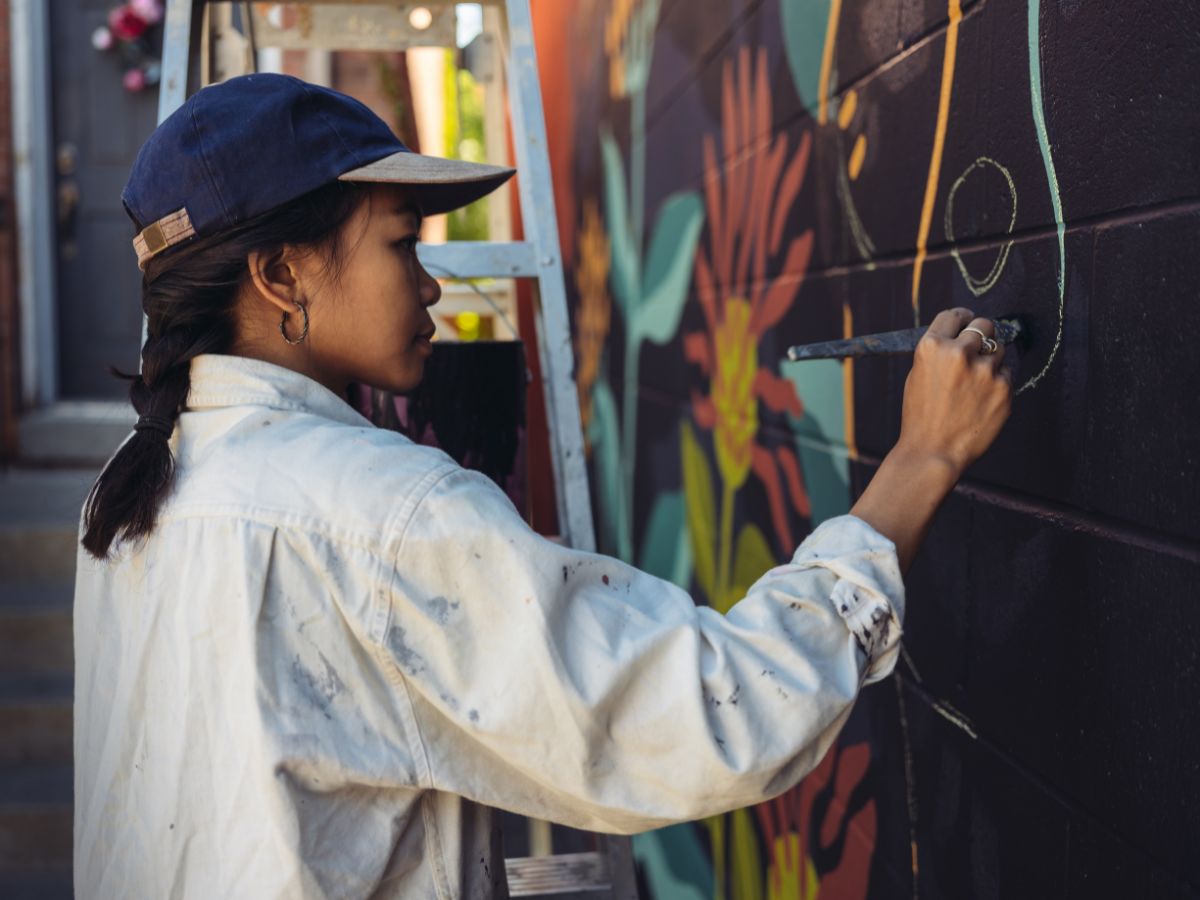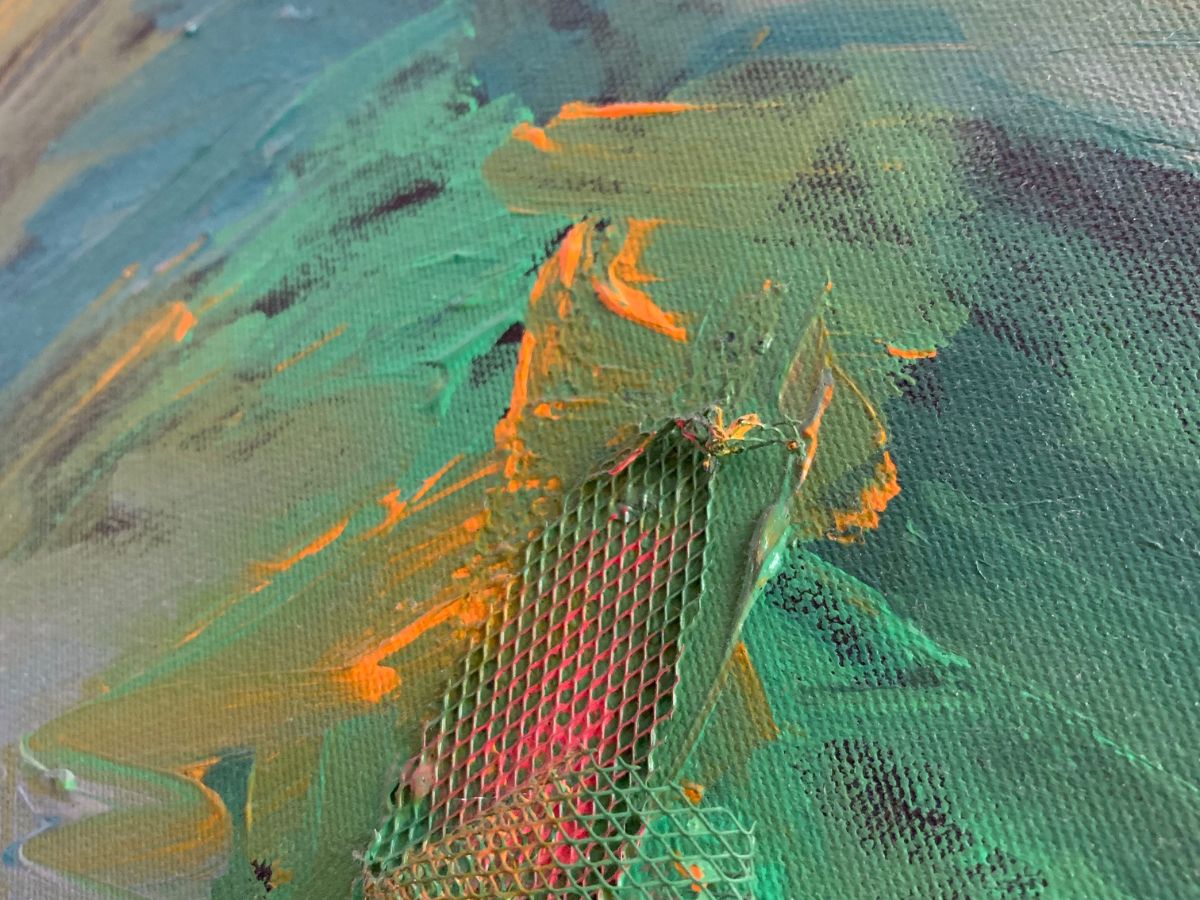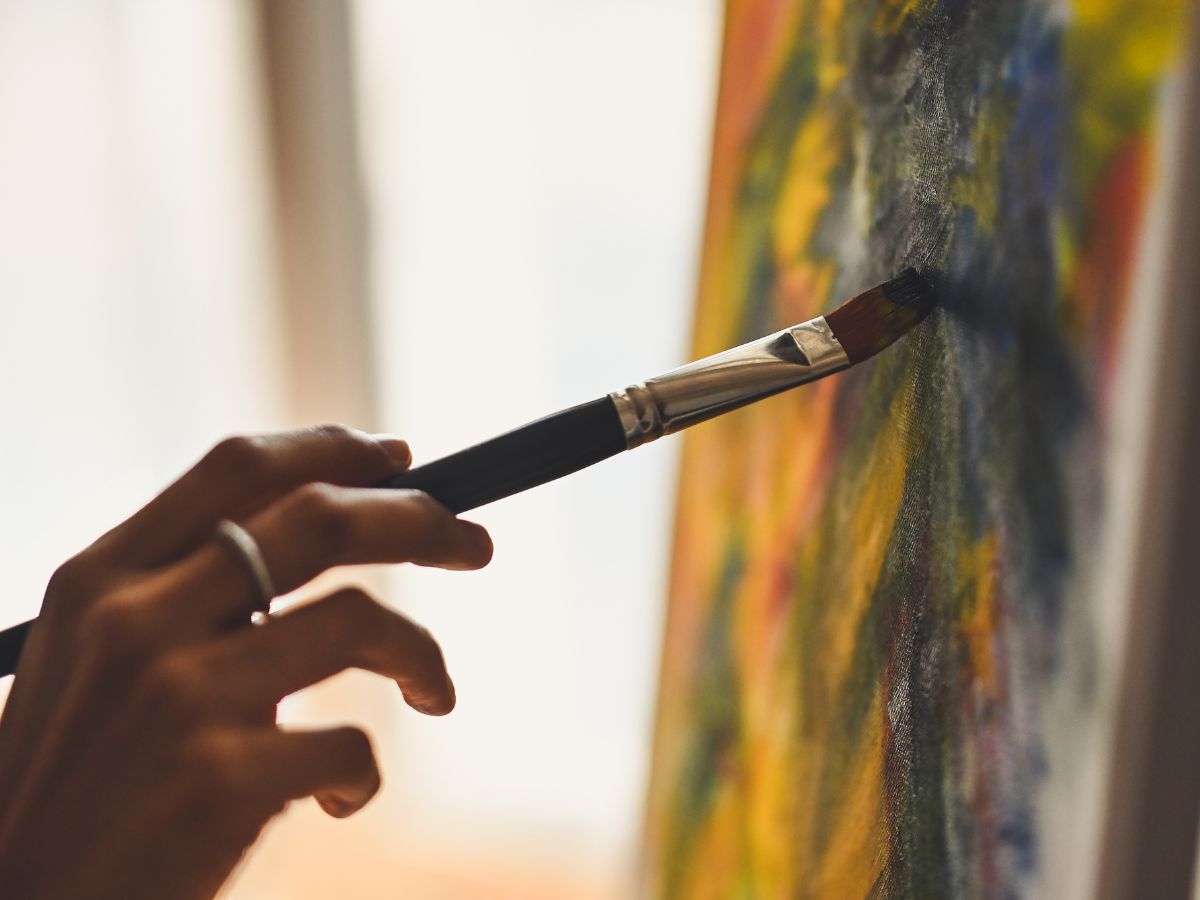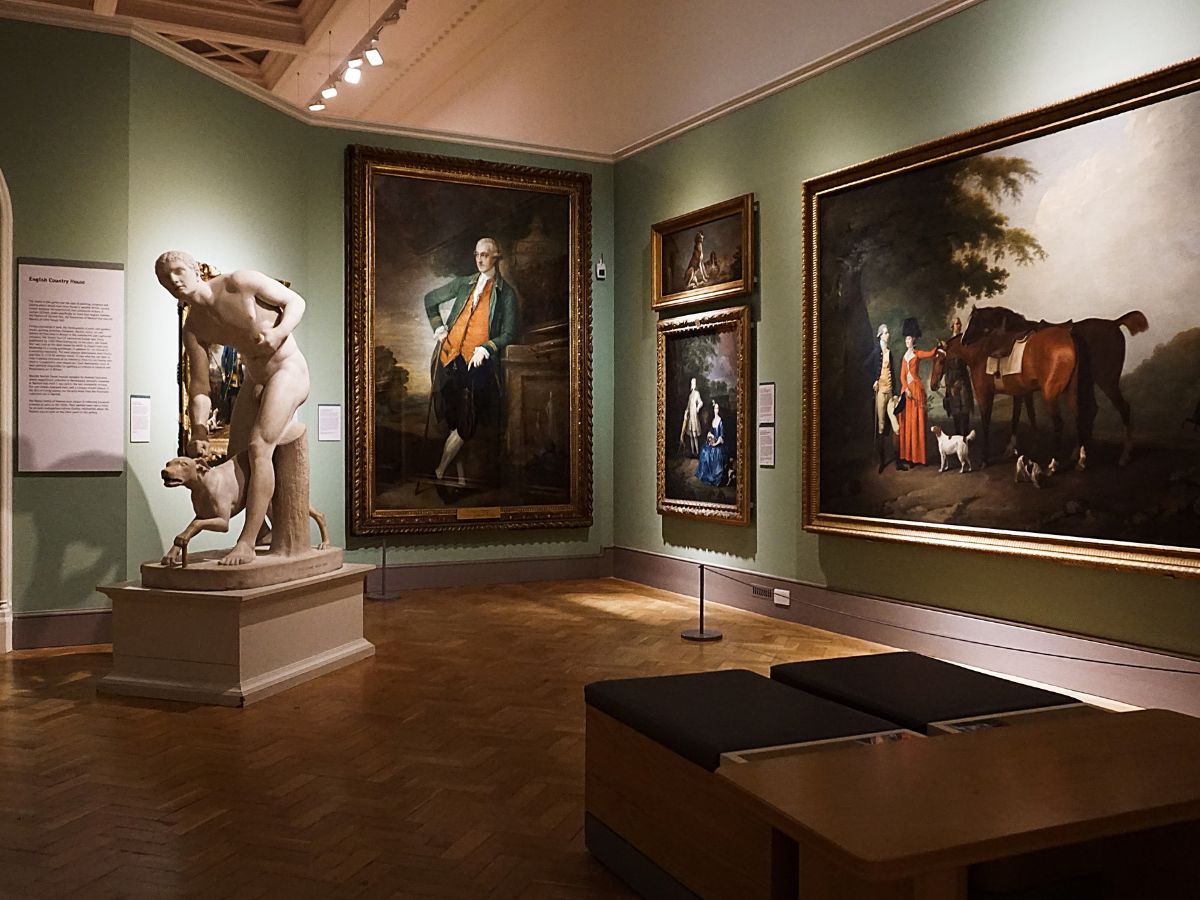
Inspiration from Famous Canvas Paintings: Lessons from Masterpieces
The world of art is filled with inspiration, and studying famous canvas paintings can offer invaluable insights into technique, creativity, and artistic vision. By analyzing these masterpieces, artists can draw lessons that fuel their own creativity and improve their craft.
From the timeless beauty of Renaissance art to the bold expressions of modernism, each painting carries unique elements that can inspire.
